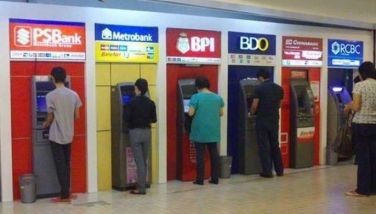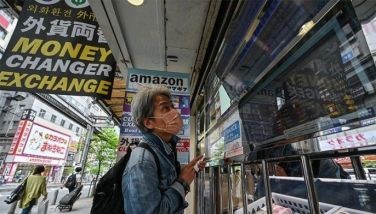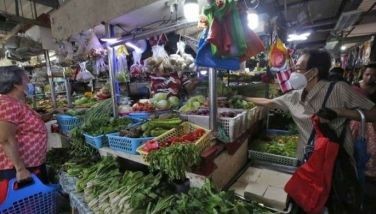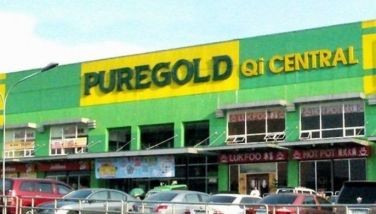On track for positive change
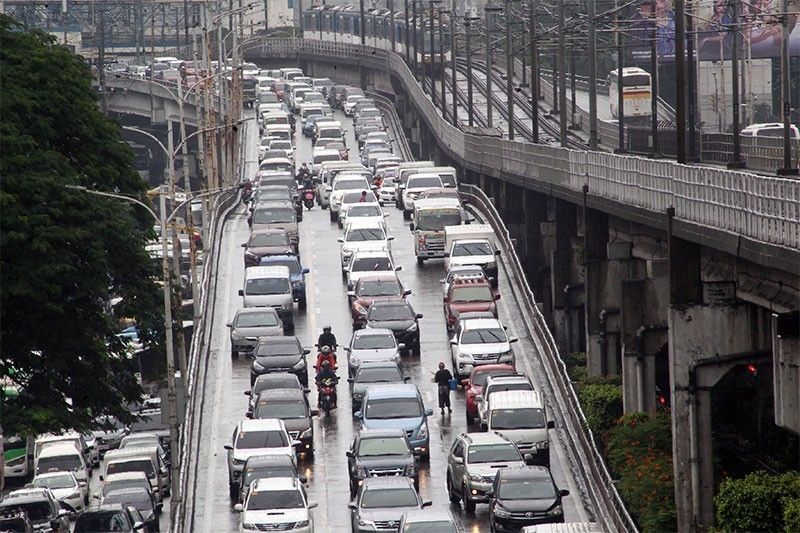
After the midweek holiday break last week, EDSA, Metro Manila’s main thoroughfare, once again resembled a huge parking lot with vehicles at a standstill as many rushed back to the city from the short break.
Previous data put the daily average car volume along EDSA at 427,000 vehicles. In the weeks leading to holidays last year, the Metro Manila Development Authority reported that this figure increased by 10,000 to 15,000. EDSA can only accommodate 300,000 vehicles per day.
Sadly, the congestion plaguing Manila’s roads has become an all too familiar sight, robbing us of precious hours and costing billions in lost productivity due to relentless traffic jams.
A study by the Japan International Cooperation Agency revealed that traffic congestion in the capital region alone costs the economy some P3.5 billion per day – around P1.27 trillion per year. One can only imagine the opportunities that this huge sum could have unlocked.
The need for a better, efficient and reliable mass transport system has never been more urgent, especially since many companies have reinstated onsite work following the pandemic.
As President Marcos recently emphasized, the key to alleviating Metro Manila traffic lies in a robust mass transit system, noting that in other countries, even the affluent rely on trains for their daily commutes. I had the privilege to experience the seamless rail networks of Tokyo, Paris, New York, Seoul, Singapore, Hong Kong, London and many others. I also had the chance to take a cross country journey via Amtrak from Seattle to San Francisco and from London to Waverly. These experiences vividly illustrate that such systems not only facilitate comfortable daily travel but also enrich tourism opportunities with their scenic routes, making the trips all the more unforgettable.
In the Philippines, the foremost priority for enhancing the mass transit system is the revitalization of the country’s busiest railway line, the Metro Rail Transit-3 (MRT-3), which traverses EDSA and reportedly serves some 48,000 commuters per hour.
While significant strides have been made to improve the commuting experience of MRT-3 passengers, there remains a substantial amount of work to be done at the soonest possible time. The Department of Transportation is expected to soon bid out the concession to operate MRT-3, as its contract with Metro Rail Transit Corp. is set to expire in 2025.
The government is expected to pursue a public-private partnership (PPP), which I believe is the most effective, doable and efficient approach to bolstering MRT-3 services.
The MRT-3 system is evidently strained given its years of service. For it to meet the evolving demands of the commuting public, it is necessary that the next operator possesses not only knowledge, expertise and experience but also a proven track record and financial stability.
Addressing the challenges plaguing our mass transport system goes beyond merely facilitating movement from one location to another. From a holistic perspective, mass transport should be viewed as a crucial driver of economic development, capable of either enabling progress or impeding it depending on our actions.
When considering potential operators for the MRT-3, the government should prioritize those with PPP experience, such as Metro Pacific Investments Corp. (MPIC) and its partner, Japanese conglomerate Sumitomo Corp., who have previously expressed interest in taking over MRT-3 operations. Had their proposal been enacted, significant improvements in the MRT-3 would likely have been realized by now.
MPIC, through its Metro Pacific Light Rail Corp., has demonstrated its vast rail expertise with its investments in the Light Rail Manila Corp. (LRMC), which operates the Light Rail Transit-1. Particularly noteworthy is the proposal to extend the LRT-1 which had encountered repeated delays, until LRMC assumed control and the initiative finally took off.
Sumitomo, meanwhile, has firsthand experience in MRT-3 maintenance. Since taking over the railway line’s maintenance, the reliability of the MRT-3 has significantly improved from its sad state years back. Moreover, it boasts of extensive rail expertise and networks in Japan.
It is high time for the government to take a smart and decisive step by entrusting MRT-3 operations to entities with determination and a proven track record in mass transit operations and maintenance.
Filipino commuters deserve a better and more comfortable experience. It is time to seize the opportunity to enhance the MRT-3 in the most effective manner possible.
By leveraging the resources, experience and expertise of the private sector, we not only provide commuters with the efficient and effective mass transportation system they deserve but also contribute to the country’s sustainable economic growth – benefits that will resonate for generations to come.
Perhaps, when all is said and done, more commuters will enjoy the benefits of a vastly improved mass transport system. Now, the responsibility lies with the governmentto take decisive action.
- Latest
- Trending
















